Bringing Design and Research Closer Together
The ‘should designers be able to code’ debate has raged for some time, but I’m interested in another debate: should designers be able to research?
Are you a designer who can do research? Good research and the insights you uncover inspire fresh ways of thinking and get your creative juices flowing. Good research brings clarity to a woolly brief. Audience insight helps sharpen your focus on what’s really important. Experimentation through research and design brings a sense of playfulness and curiosity to your work. Good research helps you do good design.
Being a web designer today is pretty tough, particularly if you’re a freelancer and work on your own. There are so many new ideas, approaches to workflow and trends and tools to keep up with. How do you decide which things to do and which to ignore? A modern web designer needs to be able to consider the needs of the audience, design appropriate IAs and layouts, choose colour palettes, pick appropriate typefaces and type layouts, wrangle with content, style, code, dabble in SEO, and the list goes on and on. Not only that, but today’s web designer also has to keep up with the latest talking points in the industry: responsive design, Agile, accessibility, Sass, Git, lean UX, content first, mobile first, blah blah blah. Any good web designer doesn’t need to be persuaded about the merits of including research in their toolkit, but do you really have time to include research too?
Who is responsible for research?
Generally, research in the web industry forms part of other disciplines and isn’t so much a discipline in its own right. It’s very often thought of as part of UX, or activities that make up a process such as IA or content strategy. Research is often undertaken by UX designers, information architects or content strategists and isn’t something designers or developers get that involved in. Some people lump all of these activities together and label it design research and have design researchers to do it. Some companies, such as the one I run with my husband Mark, are lucky enough to have someone with specialist research knowledge (yup, that would be me folks) who can lead all or most of the research work undertaken by the company. See also Mule Design, GOV.UK, the BBC, Mailchimp, Facebook and Twitter.
What if you’re not lucky enough to have your own researcher or team of researchers? Often research is the kind of thing that’s nice to have, or it can be cut from scope when doing the budget dance with a client. It often forms part of the discovery phase of a project and sometimes just becomes a tick-box exercise. But research isn’t just user testing and it shouldn’t just live in a report on Basecamp that no one reads. I would argue that research and experimentation is a way of working or an approach to how you design. Research can be used during the whole design process and must be a vital part of a designer’s workflow on every project. Even if you work in a small studio, you can still create a culture of audience insight. Even if you work on your own, you can still absorb yourself in as much audience data as you can throughout the project life cycle. Here’s how.
Research is everyone’s job
There is a subtle difference between writing a research report and delivering it to a client, and them actually using it and applying the insights to their thought process. In my experience of working in the audiences team at the BBC, research was most effective when the role was embedded in the production team and insights were used as part of the editorial process.
In this section I’ll talk through some common problems you might encounter in a typical project life cycle and show you ways you can use research to help you. For the sake of this article, let’s imagine that we’re talking about a particular project here and not ongoing product development. The same principles can of course be applied then, but even if you work in-house rather than on the agency side, you’re probably used to working on distinct projects or phases of work.
1. Problem: I want to come up with a new product idea.
Solution: Inspiration through insights.
Before you begin a new project, a good way of quickly absorbing all the existing knowledge that there maybe about a theme, product type or website is to literally surround yourself with it. This is especially relevant for new ideas or product development. Create an incident room if you can: fill the walls of your meeting room, the walls near your desk, or even just use a pinboard or online pinboard if space is tight or you’re working with a dispersed team. The same process can be used throughout a project’s or product life cycle — read about how MailChimp has applied this idea.
Let’s take a new product idea as an example. Say you wanted to develop a responsive tool for web designers but you weren’t sure what aspect of responsive design to focus on. First of all, you should pose a hypothesis or problem statement to gather ideas around. For example: “How to speed up a designer’s responsive workflow.” You would then need to gather insights around this topic. You could run some interviews with freelance designers about how they work responsively. You could shadow a development team for the day to understand their processes. You could observe conversations on Twitter or IRC or wherever your target audience interact to see what people talk about. You could search out industry data and articles currently available.
The next stage is to comb through this data and extract insights from it. You can use good old Post-it notes and a sharpie: capture one insight or thought per Post-it. If one insight leads into another, use two Post-its. The objective is volume. Try to ensure clarity in each Post-it so you don’t have to go back and reference material again (maybe you could use a key if you think it’ll get confusing).
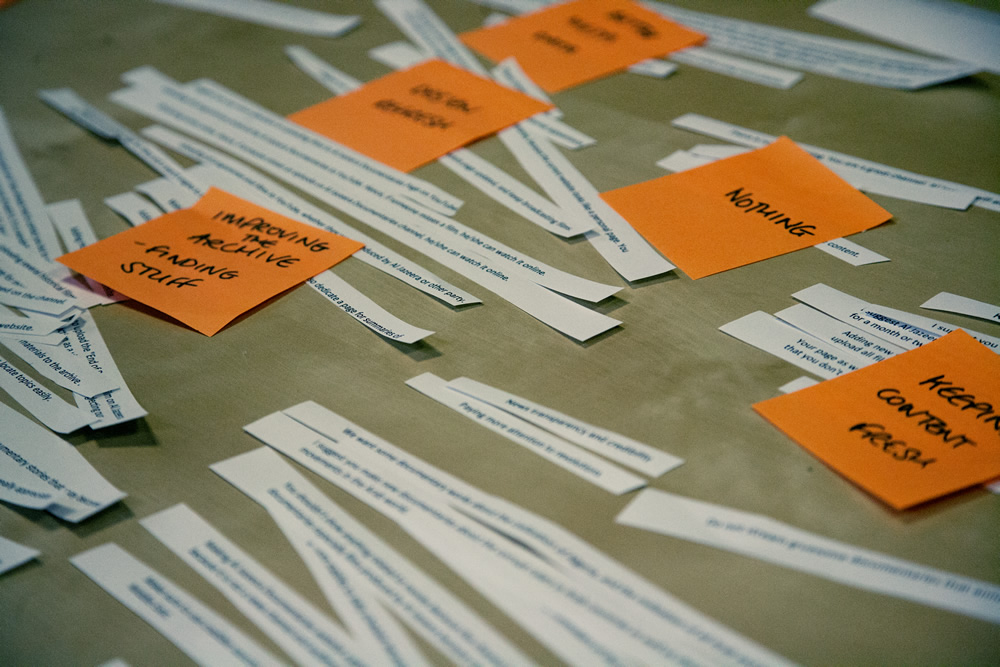
After this, stick them all up and synthesise the same way you would for any kind of cluster or affinity sort. Organise into broad themes. These themes then become springboards for further exploration and idea generation. You might see a gap or opportunity in one particular area, both from a workflow perspective but also from a business perspective. Bingo. Your insights then become the fuel for ideas generation.
This method doesn’t just have to be used for new products — it works particularly well in a discovery phase for new projects or for new features in an existing product. We’re doing something similar for our own responsive tool, Gridset at the moment.
Resources:
- Sticky Wisdom by Dave Allan, Matt Kingdon, Kris Murrin, Daz Rudkin
- The Science of Serendipity by Matt Kingdon
- The Art of Innovation by Tom Kelley
2. Problem: You’re starting a new project and need to know the basics before you get headlong into designing or building.
Solution: Quantitative survey.
Common questions might be:
- Who are the users?
- How many are there?
- What are they like?
- Why do they use the site?
- What do they need from the site?
- What are their goals?
Print out and stick up what you already know and have in your project space or ‘incident room’: any reports you have found or been given, analytics graphs, personas, pen portraits, as well as screengrabs of the current website, product or branding. Spend time looking through it all and identify the gaps.
If you have very little existing audience data, a quick and easy way to get some baseline information is to run a quick user survey on a current website. You can establish basic demographic information, appreciation and views of the website as it stands, as well as delve a little deeper into needs and wants. This is also vital if you want some kind of trackable measures to go back to once you have designed and built your shiny new website for your client — read more in my article for 24 ways last year.)
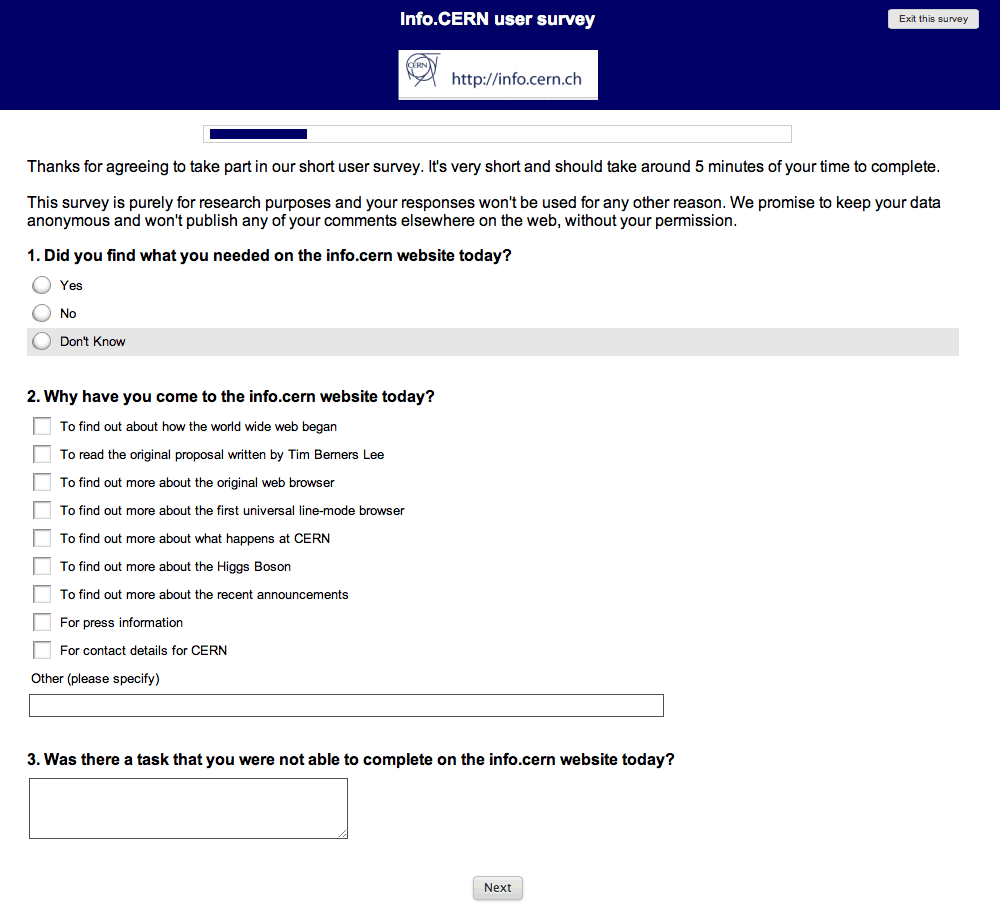
We use surveys a lot at Mark Boulton Design for our client work. Here’s a screen grab of one we ran in March on http://info.cern.ch before we redesigned the site and did the work on the First Website Project. We repeated the survey after the new website went live and were able to compare the results. Both surveys were a great source of insight to the project team as well as for the project stakeholders who needed to pitch the idea of the hack days and fundraise for them.
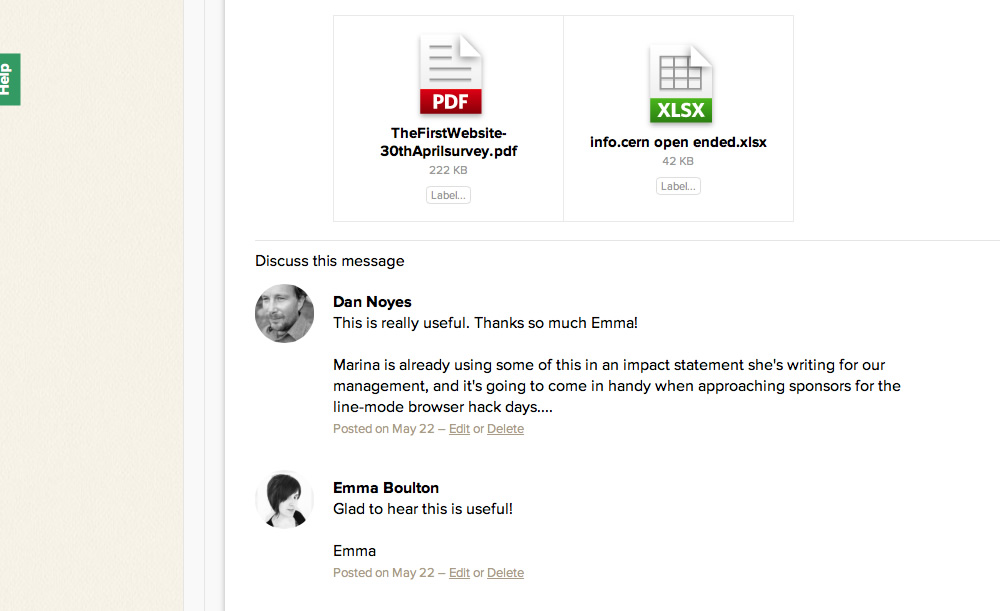
Once you’ve run your survey, you should always write up a short summary for yourself and your client to refer to. If you’re not a trained researcher, you should try to read up on analysis techniques or data visualisation. It can be easy to misinterpret data and make it bend to the story you are trying to tell. You should be looking for the story in the data and present it without bias.
If you’re using the ‘incident room’ method I mentioned earlier on, you can also extract the insights onto post it notes and add them to your growing body of knowledge.
Resources:
- Using Questionnaires for Design Research by Emma Boulton
- Data-driven Design with an Annual Survey by Aarron Walter
- Research Methods for Product Design by Alex Milton and Paul Rodgers
- A Practical Guide to Designing with Data by Brian Suda
3. Problem: You have a prototype of a new design and you need some feedback from real users.
Solution: User interviews and task based testing.
Interviewing is a staple research method that every designer should master as it can be used throughout a project life cycle. Erika Hall recently wrote a great article on the basics for A List Apart. From stakeholder interviews in a discovery phase, to initial user research, right through to task based testing and iteration, interviews can be enormously helpful. They are very time-consuming, however, and although speaking to someone is better than speaking to no one, it’s always better to plan to do a few interviews at once, rather than one or two. I generally find that patterns only start to emerge after I’ve spoken to 4 or 5 people. Interviews are another thing we do a lot of at Mark Boulton Design. Most of the interviews we do are remote due to the location of our clients and their users.
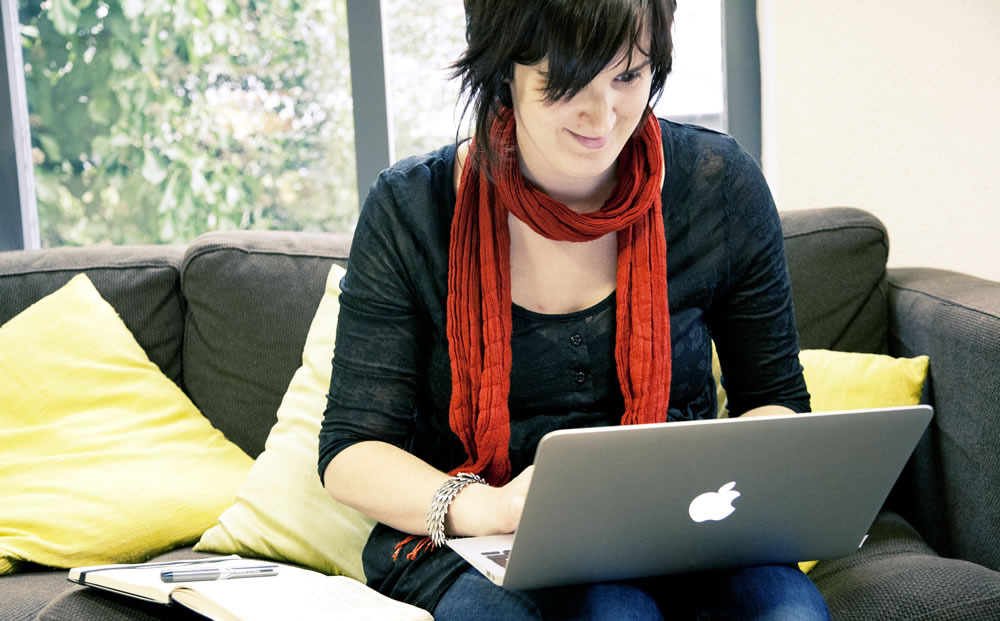
Rigour is an important consideration in all research activities and especially if you’re a non-researcher. Interviews particularly can be easily skewed by an inexperienced facilitator, which is why pairing can be a good approach. Building rapport, questioning, time keeping, note taking and thinking on your feet can be difficult to do all at once, so having a colleague take notes while you concentrate on leading the conversation can work really well. It’s important for the note taker to sit in on more than one interview so that they get a more rounded view of the feedback. The same person should also be involved in the analysis of the data.
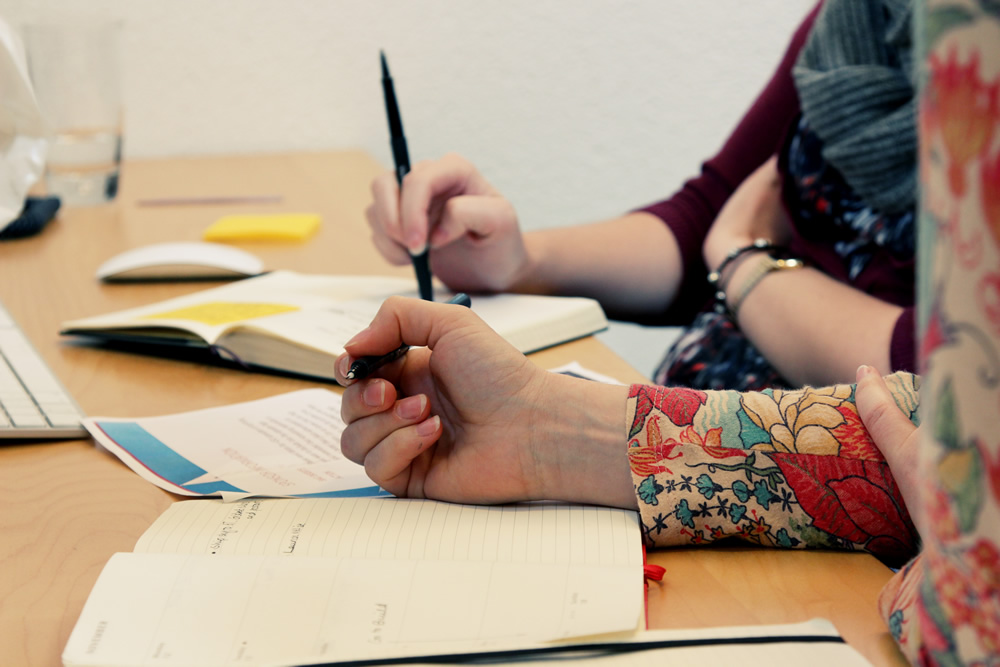
Interviews can be analysed and written up in a report or summary as with other types of research. I often use the same kind of collaborative process detailed earlier for deciding on themes, particularly if multiple members of the team have been involved in interviewing.
Interviews are particularly useful for our incident room and can provide much colour and insight to an exploratory process. I often find verbatim quotes to be the most insightful type of data. You might find that an inexperienced researcher (or designer who is used to solving problems) will jump to interpretation too soon and forget to just listen to what the interviewee is saying. Capturing the exact form of words a person uses can help get away from this.
Resources:
- Interviewing Humans by Erika Hall
- A Pocket Guide to Interviewing for Research by Andrew Travers
- Interviewing Users by Steve Portigal
4. Problem: How successful have I been with this new design?
Solution: Key performance indicators
Once your new design has been realised, it’s important to evaluate it. What works, what doesn’t work so well? As well as a straightforward design crit, don’t forget to introduce audience insights into a review meeting or project wash up.
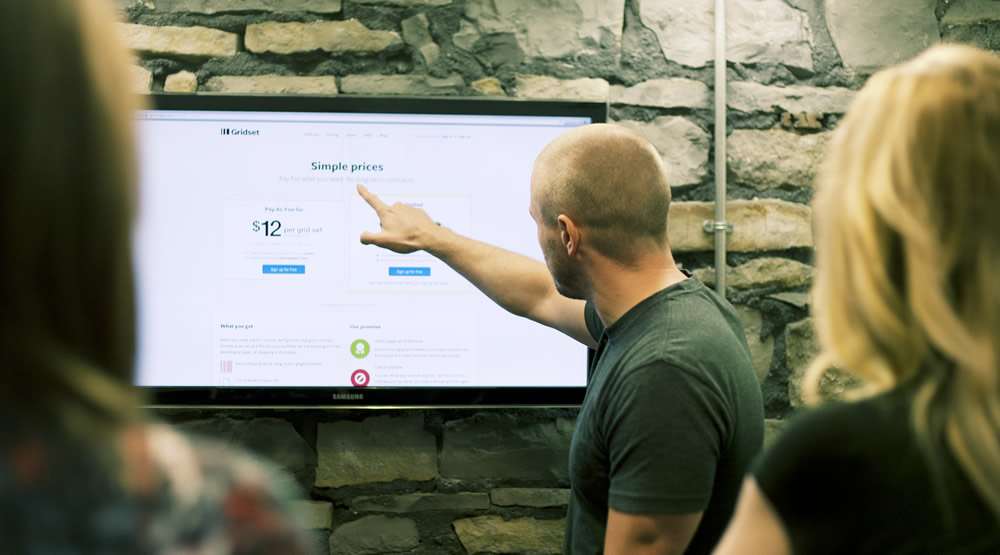
Work out what your KPIs — your key performance indicators — will be beforehand and then you can start to track them over time. For example, number of visits, appreciation of the site, willingness to recommend the site to a friend, number of sales, and number of conversions are all sensible measures to track. Interviews can again be helpful but cold, hard numbers are often better here. Read Corey Vilhauer’s take on this on A List Apart.
Consistency is key here. If you have looked at your analytics and done a survey beforehand, you will have a baseline to start from. Don’t keep changing your measures and questions, or your data will not be comparable. Pick a few key questions or a set of measures, create a survey and then run it once a month, once a quarter, every six months or annually. You’ll start to see changes over time as the design beds in. You may see seasonal trends and spot patterns in the data related to other activities like marketing, promotion and so on. Keeping a record of all of this will increase your understanding of your audience. We’ve created a satisfaction survey for Gridset with a number of measures that we track on an ongoing basis. MailChimp has also created an annual survey with the aim of tracking their audience measures over time
Resources:
- Search Analytics by Louis Rosenfeld
- A Primer on A/B Testing by Lara Swanson
- Lean UX by Jeff Gothelf
Anyone can do research
Research can be brought into the project life cycle at any stage. And of course, anyone can do research — you don’t need to be a researcher. Some of the main skills most designers possess are also key research skills: inquisitive nature, problem solving, playfulness, empathy, and so on.
We have a small team at Mark Boulton Design. Most of the team are designers and the rest of us focus on supporting the team and clients both in terms of billable work (research, content strategy, project management) as well as the non-billable things like finance and studio management.
Despite my best intentions, in the past I’ve undertaken research for clients in isolation — first being briefed by the design lead, carrying out the research and then delivering the findings back, trusting the design team to take the findings on board. This was often due to time and availability of resources.
We’ve been trying hard to join up our processes and collaborate even more across the team. Undertaking heuristic or design reviews collaboratively; taking part in frequent critiques of our work and the work of others together; pairing a researcher and a designer to run interviews; workshopping results from interviews to come up with recommendations; working closely together on questionnaire design; shadowing each other on tasks that don’t fall within our core skills. A little thing like moving our desks around has also helped us have more conversations that we can all be a part of.

I’ve come to the conclusion that my role as the research director at Mark Boulton Design is actually a facilitator of research. As well as carrying out research, I am responsible for ensuring that research happens consistently across the team. I am responsible for empowering and training our designers so they feel confident in carrying out their own user, audience or design research for clients. So they know what to look for, when to listen, when to probe and when to take note of something. So they know how to look for themes, how to synthesise insights from research and how to apply them to their work.
Better research leads to better design
So, are you a designer who can do research? Are you a researcher who can design? The best designers are a lucky combination of researcher and designer. If you’re not one of those, look at ways of enhancing the skills you lack. Because there’s no doubt in my mind, that becoming a better researcher will make you a better designer.
General resources:
- Seeing the Elephant by Louis Rosenfeld
- Connected UX by Aarron Walter
- Beyond Usability Testing by Devan Goldstein
- Just Enough Research by Erika Hall
- The User Experience Team of One by Leah Buley
- Undercover User Experience Design by Cennydd Bowles and James Box
- A Pocket Guide to Psychology for Designers by Joe Leech
- A Pocket Guide to International User Research by Chui Chui Tan
- Remote Research by Nate Bolt and Tony Tulathimutte
- A Pocket Guide to Experiments for Designers by Colin McFarland
About the author
Emma has been helping clients understand their audiences for the better part of the last 14 years. She cut her research teeth in the brave new world of online advertising, before moving to the Audiences team at the BBC. She’s now the Research Director at Mark Boulton Design and works as part of a small but exceptional team creating great web experiences for clients such as CERN, Al Jazeera and Global Witness. Emma is also the Editor in Chief of indie publisher, Five Simple Steps.







